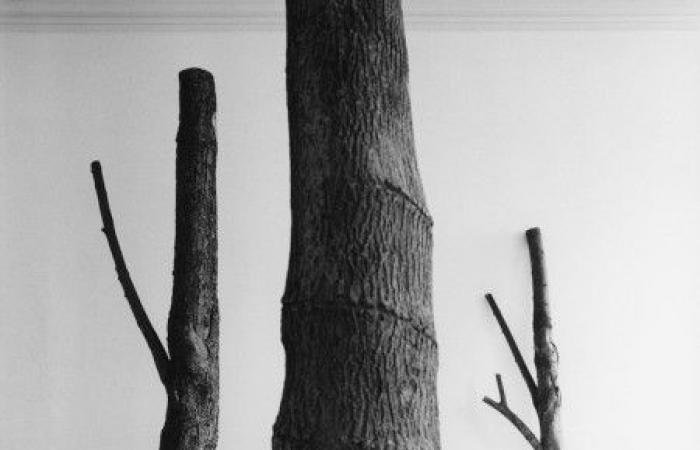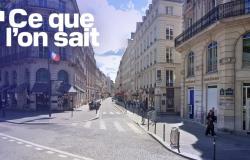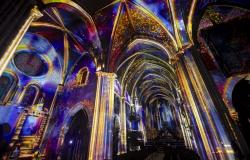Par Roberta Spirito
From October 9, 2024, Pinault Collection presents at the Bourse de Commerce, a major exhibition dedicated to Arte Povera. Between heritage and influence, the exhibition covers more than 250 historical and contemporary works, and from this major Italian artistic movement of the 1960s.
This exhibition aims to shed light on both the Italian birth and the international influence of this movement, through the works of the thirteen main protagonists of Arte Povera: Giovanni Anselmo, Alighiero Boetti, Pier Paolo Calzolari, Luciano Fabro, Jannis Kounellis, Mario Merz, Marisa Merz, Giulio Paolini, Pino Pascali, Giuseppe Penone, Michelangelo Pistoletto, Emilio Prini and Gilberto Zorio. In the unique architecture of the Bourse de Commerce, transformed by the Japanese architect Tadao Ando, the exhibition is seen as a landscape that we survey and becomes the terrain where the infinite poetics of Arte Povera takes root.
Imagined by curator Carolyn Christov-Bakargiev, an internationally recognized specialist in this artistic movement, the “Arte Povera” exhibition brings together around fifty historical and emblematic works from the Pinault Collection matched with those of other prestigious, public and private.
“In the mid-1960s, a number of Italian artists – primarily from Turin, Genoa, Bologna, Milan and Rome – initiated an original, free-spirited, completely unconventional and undogmatic body of work, expanding thus the fields of painting, sculpture, drawing and photography, creating the first “installations” in the history of art, as well as performative works and actions.
Using simple materials and techniques, these artists created installations that engage the viewer within the work. Favoring “natural” and “rural” elements (such as earth, potatoes, lettuce, water, coal, trees, living bodies of animals and humans, etc.), “ artificial” and “urban” (elements found in hardware stores such as stainless steel plates, lead ingots, light bulbs, wooden beams, neon tubes, etc.), their works trigger flows of physical and chemical, even psychological, energy, calling on the notions of memory and emotions to challenge the spectators,” affirms the curator.
In addition to the core of works by the thirteen artists associated with Arte Povera, the exhibition includes pieces and documents which retrace the key stages of what can be considered the beginnings of the movement. In the exhibition, the thirteen artists are associated with personalities, movements, an era or a material that they consider to have a profound influence, like Giorgio De Chirico for Paolini, Malevich for Kounellis and an icon painting by Sano di Pietro for Marisa Merz.
If Arte Povera was identified as an artistic movement from the end of the 1960s, its influence was and remains considerable. In all the interstices of the Bourse de Commerce, thirteen artists, whose practice constitutes a form of resonance with Arte Povera, continue this long-term story of David Hammons, William Kentridge, Jimmie Durham, Anna Boghiguian in the 1980s to Pierre Huyghe, Grazia Toderi, Adrián Villar Rojas in the 1990s, up to Mario Garcia Torres, Renato Leotta, Agnieszka Kurant, Otobong Nkanga, Theaster Gates and D Harding in the 2000s. Each in their own way questions, activates and pursues this heritage.
The works of the “Arte Povera” exhibition from the Pinault Collection resonate with those of the Castello di Rivoli Museo d’Arte Contemporanea (Turin), Fondazione per l’Arte Moderna e Contemporanea CRT (Turin), Kunstmuseum Liechtenstein (Vaduz ), Museo e Real Bosco di Capodimonte (Naples), Galleria d’Arte Moderna (Turin), Center Pompidou (Paris), Tate (London), among other important public and private collections.






